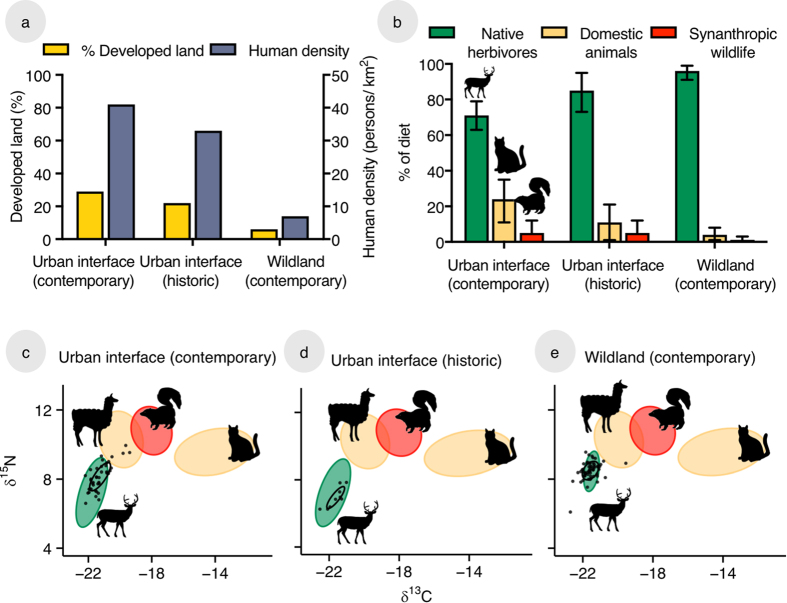Figure 1. Cougar niche varies with anthropogenic change.
(a) Sites differed in land use (% of study area classified as developed; primary axis) and human density (secondary axis; for details see Supplementary Materials, Supplementary Table 1). (b) Estimates of diet (±95% Bayesian credibility intervals) from mixing models revealed that the contemporary urban interface population had the lowest reliance on native herbivores, while the contemporary wildland population specialized almost entirely upon them. (c–e) Isotopic signatures of prey (plotted as corrected standard ellipses) from left to right: native herbivores, large domestic species, synanthropic wildlife, and small domestic species. Cougars (black dots) in the contemporary urban interface possessed the widest niche breadth (standard ellipse; in black). Cougars in the historic urban interface were isotopically distinct from their contemporary counterparts.

